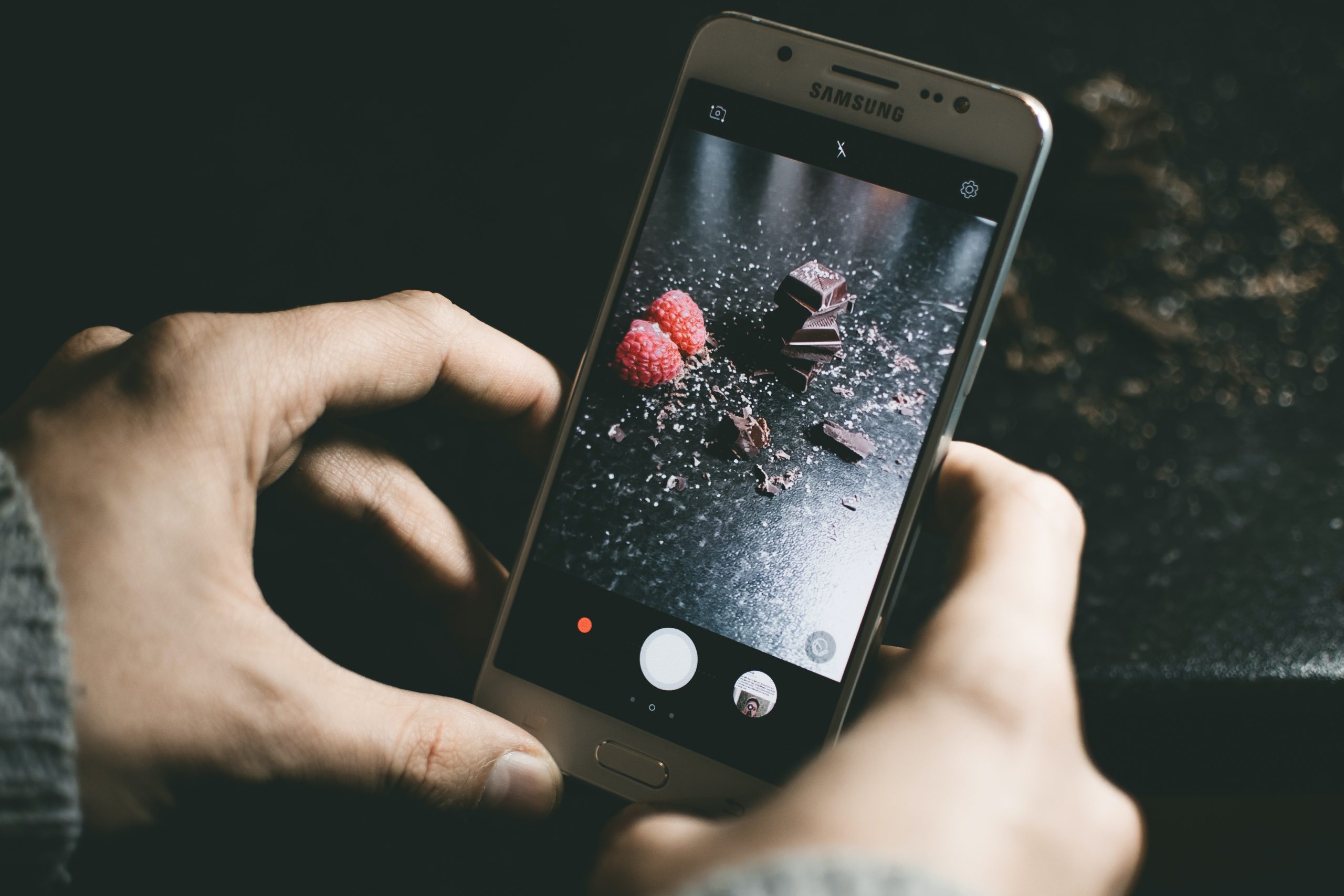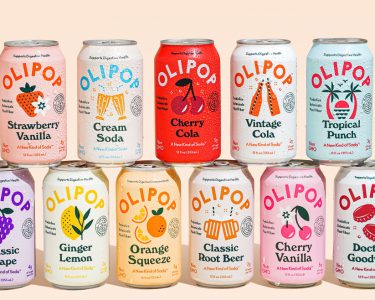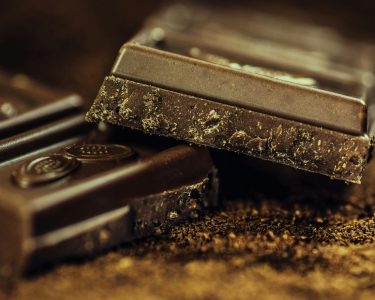Food photography has become increasingly popular in recent years, with the rise of social media and the emphasis on visually appealing content. Whether you’re a professional food photographer or an amateur looking to improve your skills, there are some key tips and tricks to keep in mind when capturing mouthwatering images of food. Let’s dive in.
Lighting
Lighting is one of the most important aspects of food photography. Natural light is often the best option, as it provides a soft and flattering light that highlights the textures and colors of the food. When shooting indoors, try to position your subject near a window or other natural light source.
If natural light is not available, consider using a diffused artificial light source. Softboxes and diffusers can help create a soft and even light that mimics natural light.
Composition
Composition is another key aspect of food photography. When framing your shot, consider the rule of thirds, which involves dividing your image into thirds both vertically and horizontally, and placing your subject along these lines. This can help create a balanced and visually pleasing composition.
In addition to the rule of thirds, consider the angle of your shot. Shooting from above, also known as a flat lay, can be a great way to showcase a variety of foods or ingredients. Shooting from a low angle, on the other hand, can help create a sense of depth and make the food appear more dramatic.
Styling
Styling is another important aspect of food photography. When styling your food, consider the colors and textures of your ingredients, and try to create a sense of balance and harmony within your shot. Adding props such as utensils, napkins, and other accessories can help create a sense of context and make the image more engaging.
When styling your food, keep in mind that less is often more. A cluttered or overly complicated shot can distract from the beauty of the food itself.
Post-Processing
Post-processing is the final step in creating a mouthwatering food image. While it’s important to get as much right in-camera as possible, post-processing can help enhance the colors and textures of your food, and create a more polished and professional-looking image.
When editing your images, consider adjusting the brightness, contrast, and saturation to bring out the colors and textures of your food. Be careful not to overdo it, however, as this can result in an unrealistic or artificial-looking image.
Conclusion
In conclusion, food photography is a fun and rewarding way to showcase the beauty and artistry of food. With the right techniques and knowledge, you can create mouthwatering images that are sure to impress. Remember to consider lighting, composition, styling, and post-processing when capturing your images, and don’t be afraid to experiment and try new things. With practice and persistence, you can become a skilled and successful food photographer.




